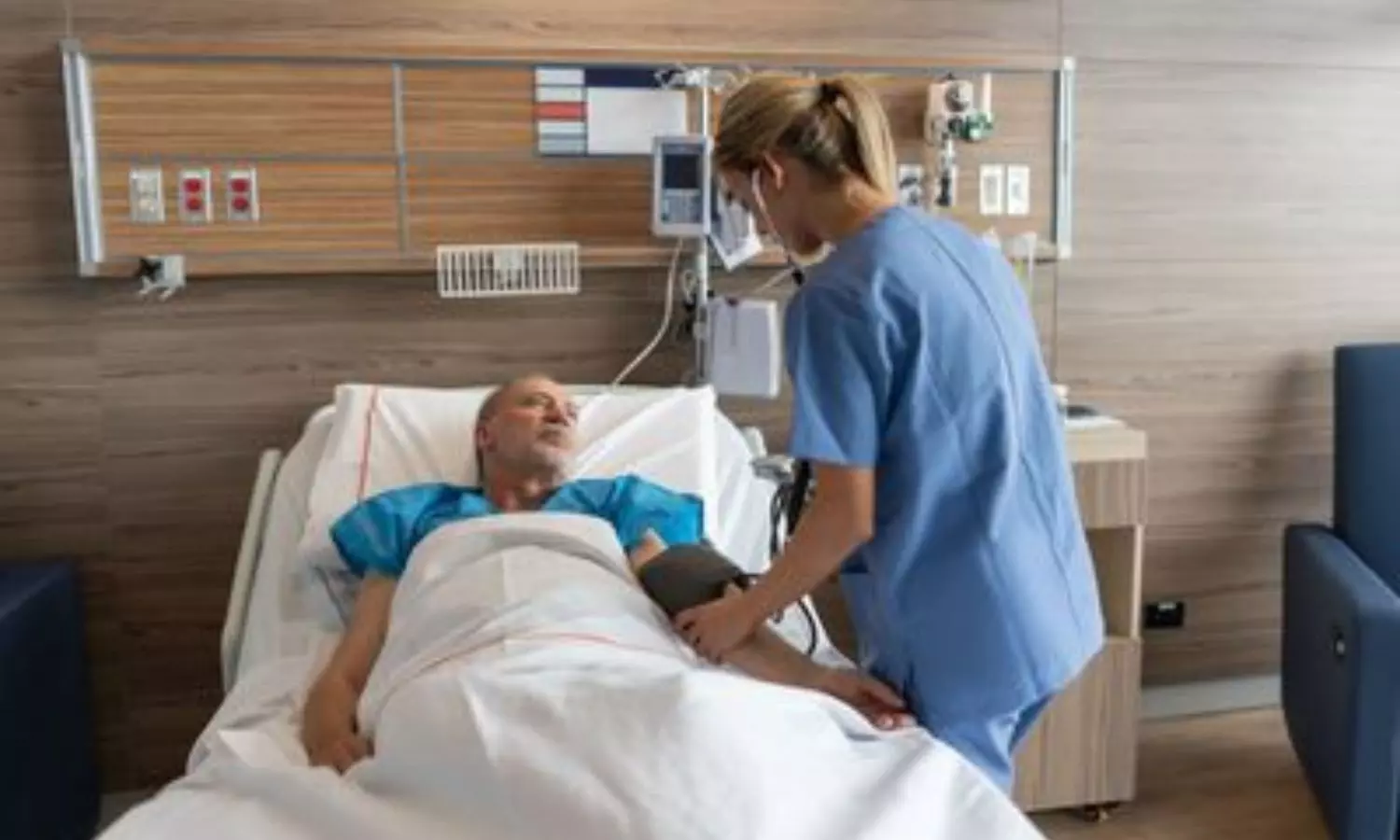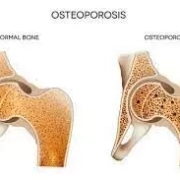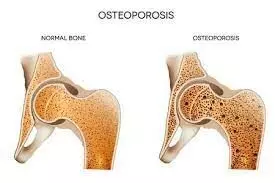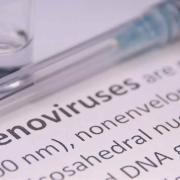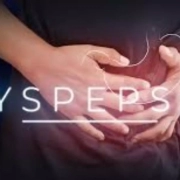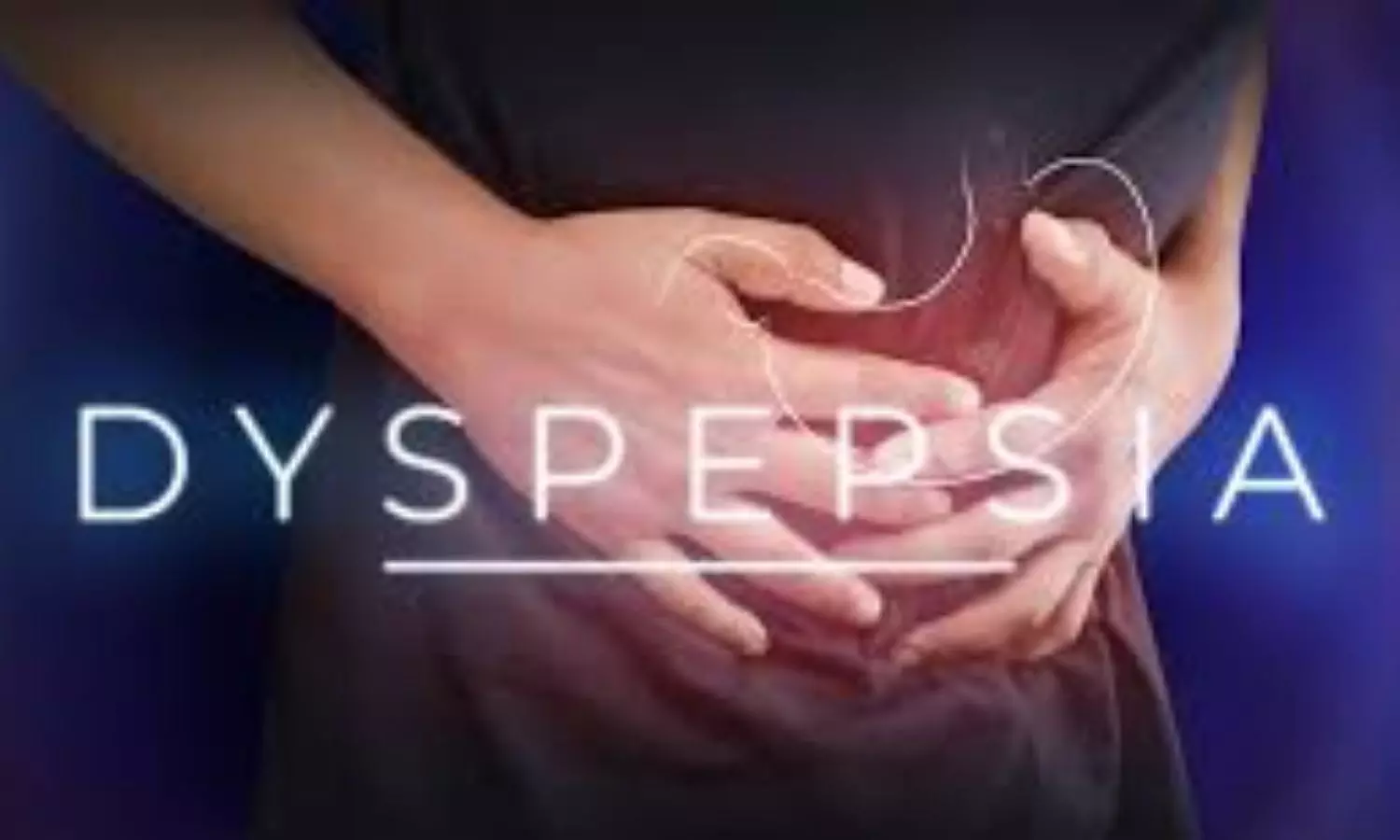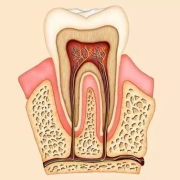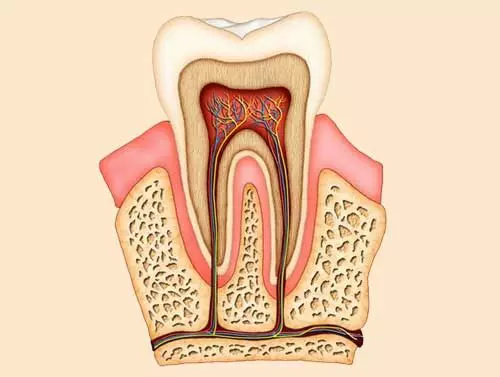Risk of young-onset dementia could be reduced by targeting health and lifestyle factors

Researchers have identified a wide range of risk factors for young-onset dementia. The findings challenge the notion that genetics are the sole cause of the condition, laying the groundwork for new prevention strategies.
The largescale study identified 15 risk factors, which are similar to those for late-onset dementia. For the first time, they indicate that it may be possible to reduce the risk of young-onset dementia by targeting health and lifestyle factors.
Relatively little research has been done on young-onset dementia, though globally there are around 370,000 new cases of young-onset dementia each year.
Published in JAMA Neurology, the new research by the University of Exeter and Maastricht University followed more than 350,000 participants younger than 65 across the United Kingdom from the UK Biobank study. The team evaluated a broad array of risk factors ranging from genetic predispositions to lifestyle and environmental influences. The study revealed that lower formal education, lower socioeconomic status, genetic variation, lifestyle factors such as alcohol use disorder and social isolation, and health issues including vitamin D deficiency, depression, stroke, hearing impairment and heart disease significantly elevate risk of young-onset dementia
Professor David Llewellyn of the University of Exeter emphasized the importance of the findings: “This breakthrough study illustrates the crucial role of international collaboration and big data in advancing our understanding of dementia. There’s still much to learn in our ongoing mission to prevent, identify, and treat dementia in all its forms in a more targeted way. This is the largest and most robust study of its kind ever conducted. Excitingly, for the first time it reveals that we may be able to take action to reduce risk of this debilitating condition, through targeting a range of different factors.
Dr Stevie Hendriks, Researcher at Maastricht University, said: “Young-onset dementia has a very serious impact, because the people affected usually still have a job, children, and a busy life. The cause is often assumed to be genetic, but for many people we don’t actually know exactly what the cause is. This is why we also wanted to investigate other risk factors in this study.”
Sebastian Köhler, Professor of Neuroepidemiology at Maastricht University, said: “We already knew from research on people who develop dementia at older age that there are a series of modifiable risk factors. In addition to physical factors, mental health also plays an important role, including avoiding chronic stress, loneliness and depression. The fact that this is also evident in young-onset dementia came as a surprise to me, and it may offer opportunities to reduce risk in this group too.”
Dr Janice Ranson, Senior Research Fellow at the University of Exeter, said: “Our research breaks new ground in identifying that the risk of young-onset dementia can be reduced. We think this could herald a new era in interventions to reduce new cases of this condition.”
Dr Leah Mursaleen, Head of Clinical Research at Alzheimer’s Research UK, which co-funded the study, said: “We’re witnessing a transformation in understanding of dementia risk and, potentially, how to reduce it on both an individual and societal level. In recent years, there’s been a growing consensus that dementia is linked to 12 specific modifiable risk factors such as smoking, blood pressure and hearing loss . It’s now accepted that up to four in 10 dementia cases worldwide are linked to these factors.
“This pioneering study shines important and much-needed light on factors that can influence the risk of young-onset dementia. This starts to fill in an important gap in our knowledge. It will be important to build on these findings in broader studies.’
Reference:
Hendriks S, Ranson JM, Peetoom K, et al. Risk Factors for Young-Onset Dementia in the UK Biobank. JAMA Neurol. Published online December 26, 2023. doi:10.1001/jamaneurol.2023.4929.
Powered by WPeMatico



